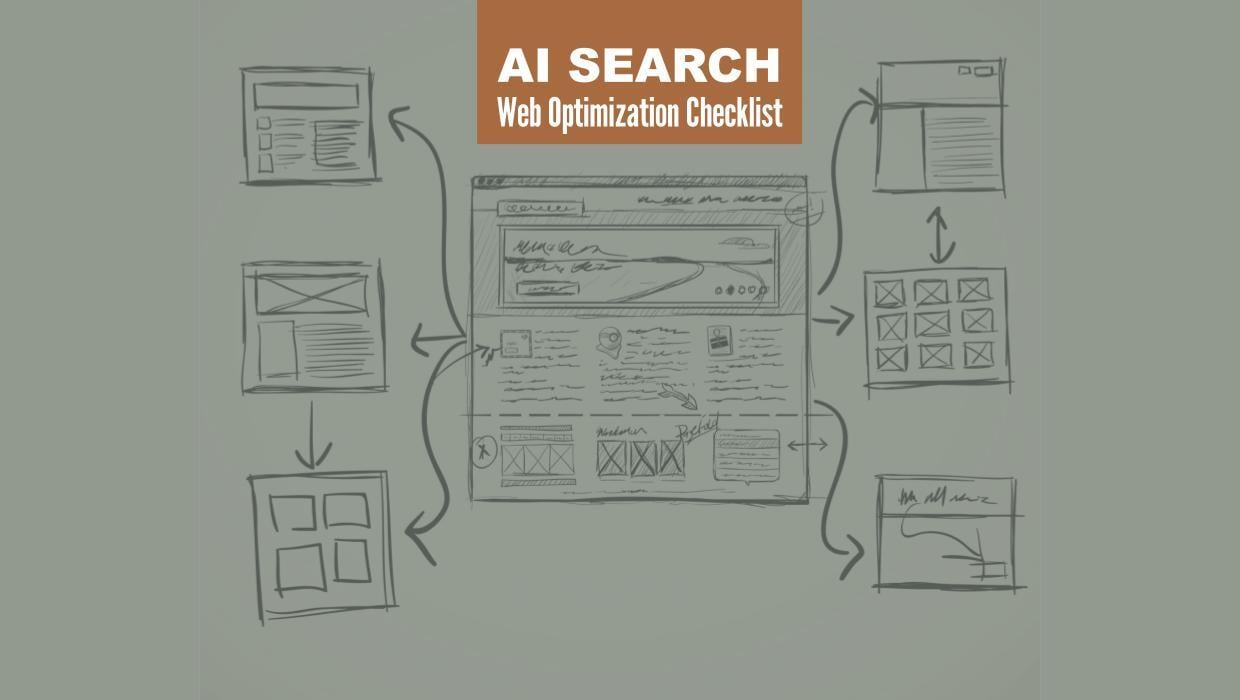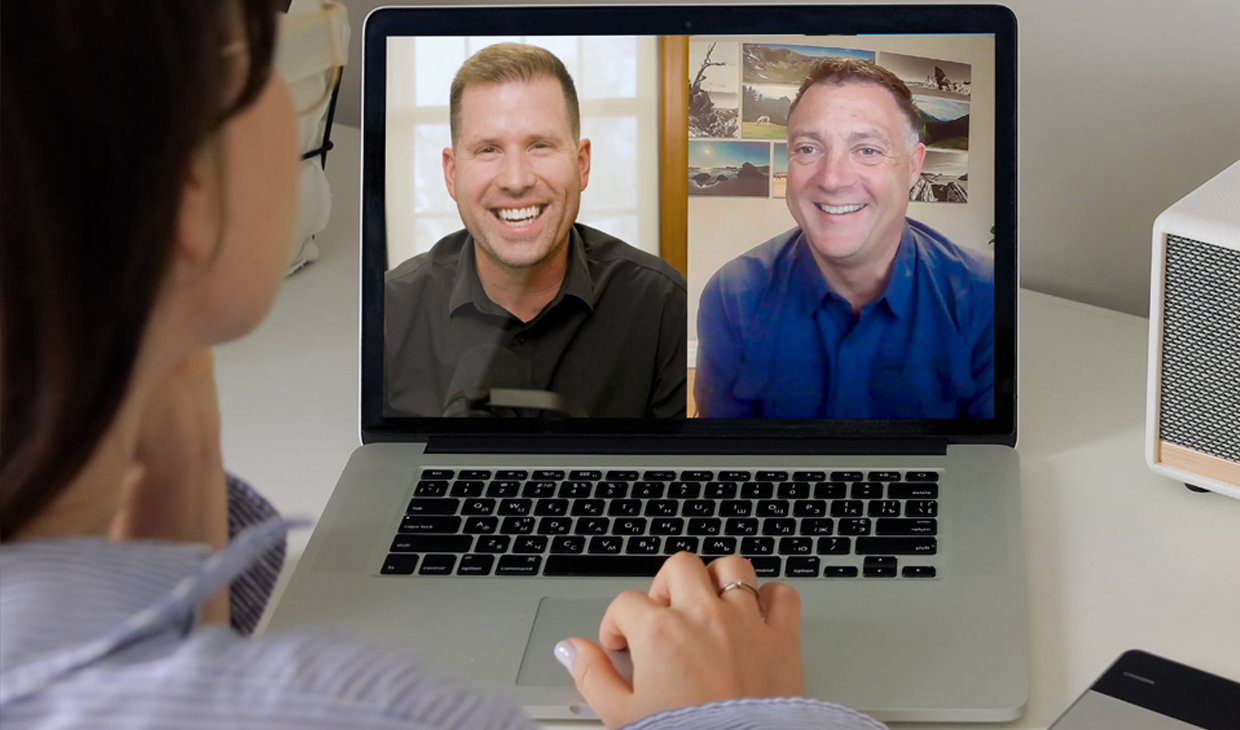From Information Overload to 900% Lead Growth: A B2B Website Transformation
Written by
When ESOP Partners was ready for a new website, the initial ask seemed straightforward: give the design a refresh, modernize the look and feel.
But as we dug into the data, we discovered an opportunity that went far beyond aesthetics.
Here was a website rich with over a decade of thought leadership content, attracting substantial traffic, yet struggling to convert visitors into meaningful business opportunities.
This is a challenge I see often with B2B companies, especially those selling complex solutions: exceptional expertise doesn’t automatically translate into leads. To effectively convert visitors into qualified leads, a more strategic approach is needed — one that tightly aligns your website to your buyers' journeys. And when you succeed in your mission, the results can be transformative for your business.
I invited Eric Strebe, Director of ESOP Consulting, to talk through the details of their website’s transformation from traffic magnet to lead-generation engine. Whether you’ve got 30 minutes for the full episode or three minutes for the highlights, we’ve got you covered:
Starting Point: Traffic Rich, Conversion Poor
ESOP Partners had built their website to showcase their deep expertise in ownership transitions via employee stock ownership plans (ESOPs). As Eric put it, “We’re experts in what we do. We’re known in our industry. And we built our website to showcase that.”
The site was doing a great job in terms of attracting visitors — but visitors aren’t the same as qualified marketing and sales leads. And when it came to converting visitors into consultation requests, something wasn’t clicking.
Despite strong traffic, ESOP Partners couldn’t correlate many closed sales to website journeys.
The Pivot: Mapping Content to Customer Context
The breakthrough came when we stopped thinking about the website as a platform for demonstrating expertise alone, and started thinking about it as a tool for guiding different types of users through their unique journeys.
We identified several distinct personas:
- Business owners exploring exit strategies
- Existing ESOP companies seeking administration services
- Advisors helping clients evaluate ownership transitions
- HR professionals researching talent retention solutions
Each of these audiences needed different types of information, presented in different ways, to move them toward meaningful engagement with ESOP Partners.
Strategic Shifts: Engineering the 900% Lead Growth
Here are the key elements of our website redesign strategy to better align the site with all the buying personas' journeys.
Restructured Architecture:
We flipped the traditional B2B website paradigm on its head. Instead of front-loading capabilities and services (the “what we do”), we created intuitive pathways based on visitor intent and knowledge level.
For business owners just beginning to explore exit strategies, we provided foundational ESOP education. For advisors and HR professionals already familiar with ESOPs, we offered deeper technical content. This user-first architecture meant visitors no longer had to translate ESOP Partners’ capabilities to fit with their specific needs — the website did that work for them.
Enhanced Context:
Technical accuracy isn’t enough when you’re dealing with complex business solutions. We reimagined how information was presented, ensuring each piece of content answered not just the immediate question, but the next few questions a visitor would likely have.
For business owners, that meant connecting ESOP concepts to their exit planning timeline. For existing ESOP companies, it meant framing administration services within their governance obligations. This contextual framework transformed standalone information into meaningful guidance for each user type.
Refined Conversion Offer:
One seemingly small but significant change was how we positioned ESOP Partners’ consultation offer. Rather than a “no-cost feasibility analysis,” which created some confusion with paid feasibility studies — common in many industries — we introduced the offer as an ESOP readiness assessment, distinguishing it from a paid service to eliminate friction and encourage conversions.
Proof Points: Where Strategy Meets ROI
The impact was immediate and substantial:
- 900% increase in sales qualified leads
- 55% increase in consultations
- Consistent positive feedback at industry events
But the most telling feedback came from prospects themselves. As Eric shared, one prospective client told him:
“It's like you knew the next question I was going to ask.”
Four Performance-Driving Principles
This transformation offers several key insights for marketing leaders in complex B2B spaces:
- Traffic isn't everything: High visitor numbers are meaningless without a strategic conversion architecture to guide users toward conversion
- User intent matters: Understanding and mapping to different user journeys is crucial for complex B2B solutions
- Small changes, big impact: Sometimes the most significant improvements come from subtle shifts in how offerings are positioned
- Measure what matters: Focus on metrics that tie directly to business outcomes, not just traffic or engagement
As the search landscapes evolve and more people take their search queries to AI platforms, the ability to provide genuine expertise with strategic user pathways becomes even more critical.
The success of ESOP Partners’ website transformation demonstrates that when you combine deep industry knowledge with user-centric design, the results can be transformative.
Your website might be the hardest-working member of your sales team — or it could be the weakest link in your pipeline. For more insights on turning digital assets into business growth drivers, tune into the full episode and catch up on past conversations.
Subscribe To Our Blog
Information. Insights. Ideas. Get notified every time a new Weidert Group blog article is published – subscribe now!
You May Also Like...

Search Engine Optimization
Optimize Your Industrial Website for AI Search

Marketing Technology
Why Unified Data Efforts Fail (and How Manufacturers Can Fix It)

Search Engine Optimization
How Falcon Rebuilt Industrial AI Search Visibility in 2025
Accelerate Your Growth with
Weidert Group
If you’re ready to explore a partnership, request a personalized consultation with our team.

